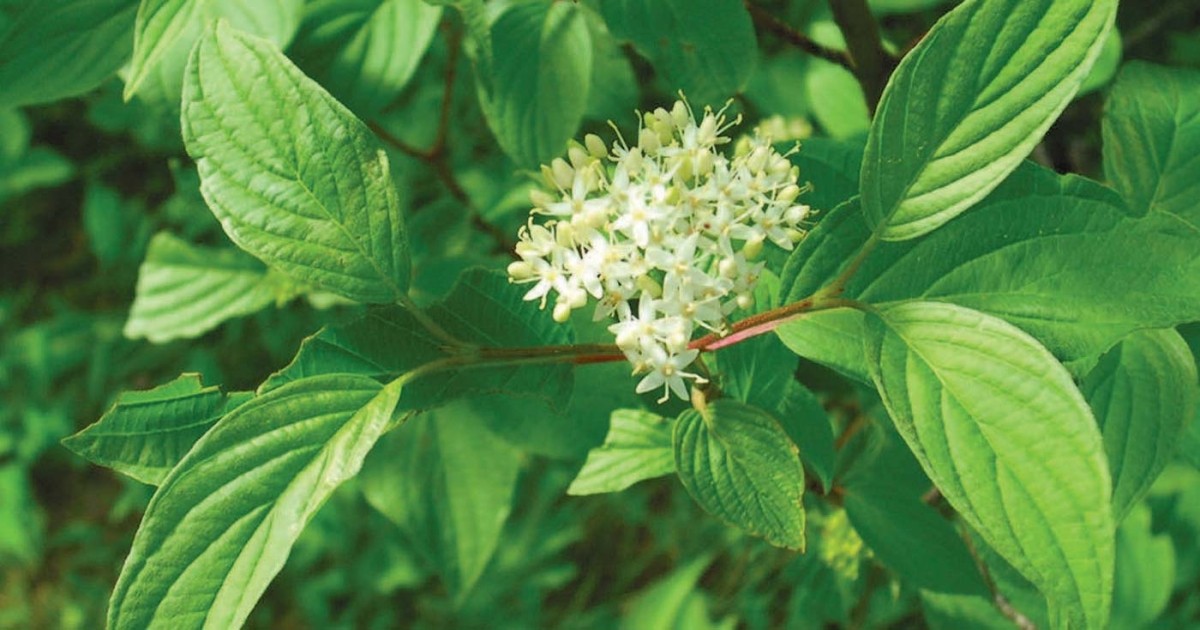
Wolastoqiyik (Maliseet) and Mi’kmaq peoples maintain relationships with hundreds of species of plants and fungi in their forested homelands of the Canadian Maritimes, the Gaspe Peninsula, and northern Maine. Through the act of gathering plants for food, medicine, spiritual purposes, and livelihoods, tribal members express and connect to their culture. Researchers have linked a diversity of cultural uses and values to increased biological diversity in ecosystems around the world.
Federal, state, and private landowners working with Tribes and First Nations to incorporate Indigenous perspectives and activities in forest management are beginning to recognize a need to broaden their focus beyond timber. Trees such as brown ash are important for basketmaking. Many of the plants currently gathered by the Wolastoqiyik and Mi’kmaq are shrubs or common perennials, including some introduced plants such as mullein, according to plant gatherers interviewed by researchers with the U.S. Forest Service, Cornell University, and University of Vermont.
Interviewees emphasized the need for Wabanaki knowledge and voices in decision-making processes about forests in their communities. A “biocultural” approach, as presented by the researchers, provides a framework for including Indigenous concerns, knowledge, and values in forest management goals and practices. The interviews, summarized in a July 2021 article in the journal Society & Natural Resources, although not exhaustive of all Wabanaki perspectives, suggest that landowners provide plant and fungi gathering opportunities in multiple habitat types, including forests but also old fields and wetlands. Providing these opportunities supports Indigenous connections to the woodlands and associated cultural and economic benefits, and may enhance the biological diversity and overall health of forest ecosystems.
“Important qualities of gathering practices clearly emerged in our analysis, including how often they are rooted in concepts of respect, reciprocity, and interconnectedness,” wrote researchers Michelle Baumflek, Karim-Aly Kassam, Clare Ginger, and Marla Emery. For example, interviewees reflected on gatherers’ practice of saying a prayer, offering tobacco or a song as a means of thanking the plant, and the Creator, prior to picking a plant or mushroom. They stressed the importance of never taking all the plants in a specific location to keep populations healthy and to leave some for others. They replant roots and rhizomes, rotate gathering sites, scatter seeds, and transplant species for easier access. They selectively cut branches and stems to promote fruit production or to encourage regrowth, as with red willow (nepskihhkamq, Wolastoqiyik / wjkulje’manaqsi, Mi’kmaq / Cornus sericea, Latin).
A biocultural approach also means expanding the forest management vocabulary by including Wolastoqiyik and Mi’kmaq as well as English and Latin names for plants, and by identifying terms for Indigenous relations with the forest that are more accurate and appropriate to their gathering practices than “management” or “stewardship.” In this study, Wabanaki plant gatherers used a language of care and gratitude for the forest and all that it provides.
“If we’re going to work together,” said Baumflek, “we need to understand that some of the language of management does not translate well.”

